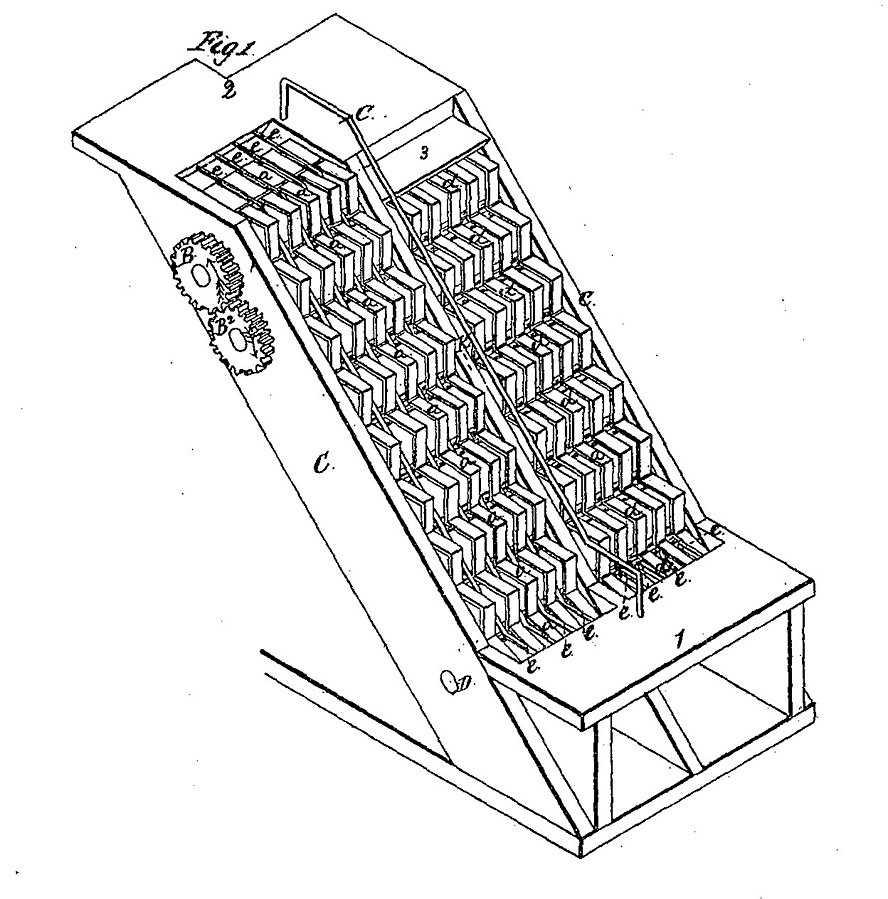A Connoisseur of Dystopian Speculative Fiction
Hope is built on a very fundamental level
How to find hope in the face of the climate crisis?. The climate crisis is real, but we are inventing a lot of new things. We are looking at the problem, and coming up with answers. The 19th century was a century of utopias: “They wrote a lot of them because they had made so many improvements already in the 19th century, that they thought, ‘This is just going to go on, and it’s going to get better and better and better.'
Why don’t we write more about utopias?
People are writing dystopias; why not imagine a better world instead?
14
141 reads
CURATED FROM
IDEAS CURATED BY
The idea is part of this collection:
Learn more about motivationandinspiration with this collection
Understanding the importance of constructive criticism
How to receive constructive criticism positively
How to use constructive criticism to improve performance
Related collections
Similar ideas to A Connoisseur of Dystopian Speculative Fiction
Planet in Flux
The main reason for the rising interest in philosophical concepts of the 19th Century could be today's crisis-ridden world. People see that the world is in flux. There are financial, geopolitical, and climate issues throughout the planet.
Up till the year 2000, there was a sense of optim...
The Moving Stairs
Nathan Ames, an inventor, applied for the patent in 1859 for the first kind of moving stairs, with a belt attached with three wheels, and powered by kinetic energy. This was never built.
As the 19th century came to an end, there were improvements in the way people lived and worked, facili...
Benefits of reading fiction
It is no surprise that reading books can be good for your mental health.
A study showed that, when people read about an experience, they display stimulation within the same neurological regions as when they go through the experience themselves. Other studies confirm that p...
Read & Learn
20x Faster
without
deepstash
with
deepstash
with
deepstash
Personalized microlearning
—
100+ Learning Journeys
—
Access to 200,000+ ideas
—
Access to the mobile app
—
Unlimited idea saving
—
—
Unlimited history
—
—
Unlimited listening to ideas
—
—
Downloading & offline access
—
—
Supercharge your mind with one idea per day
Enter your email and spend 1 minute every day to learn something new.
I agree to receive email updates
